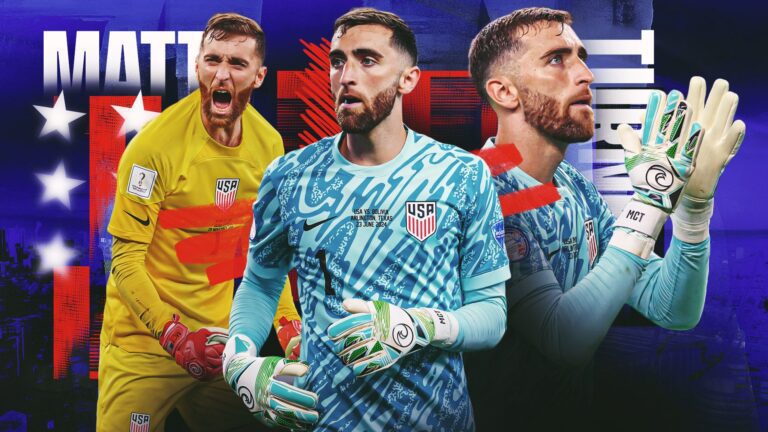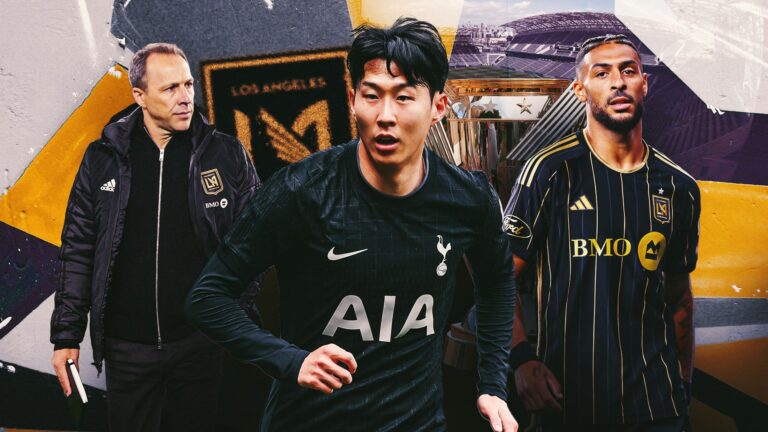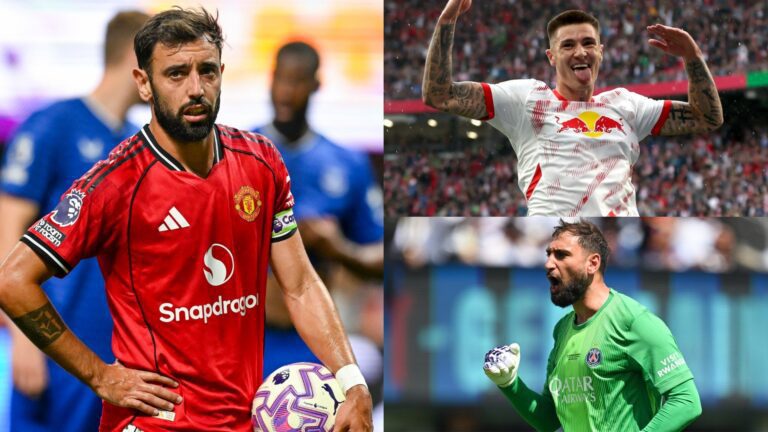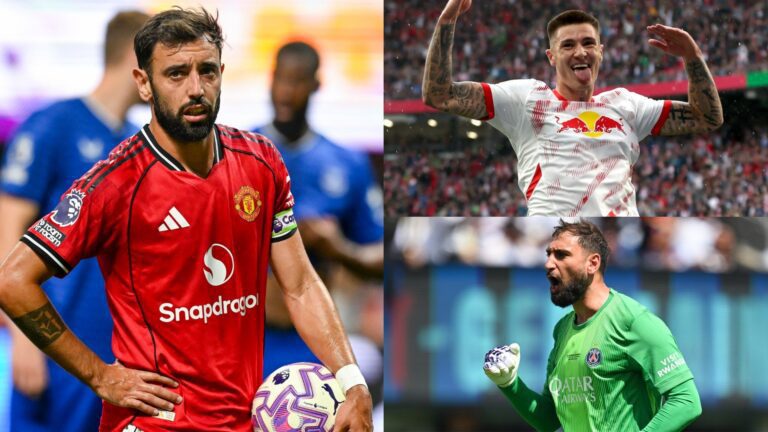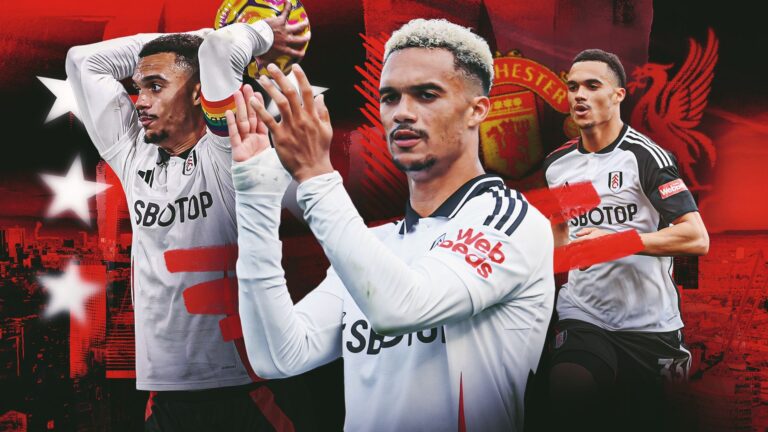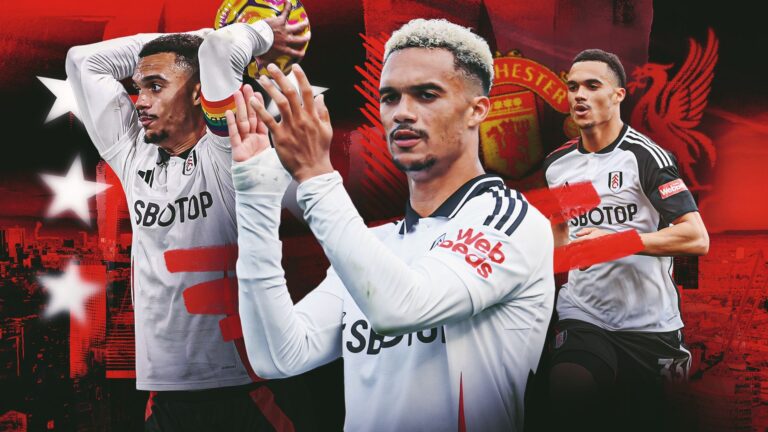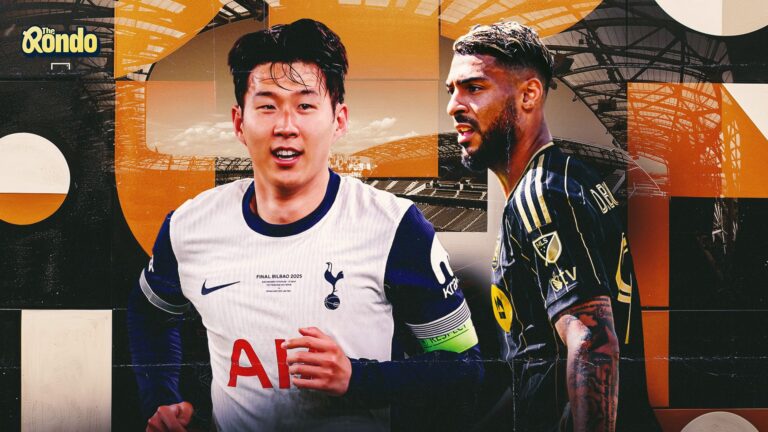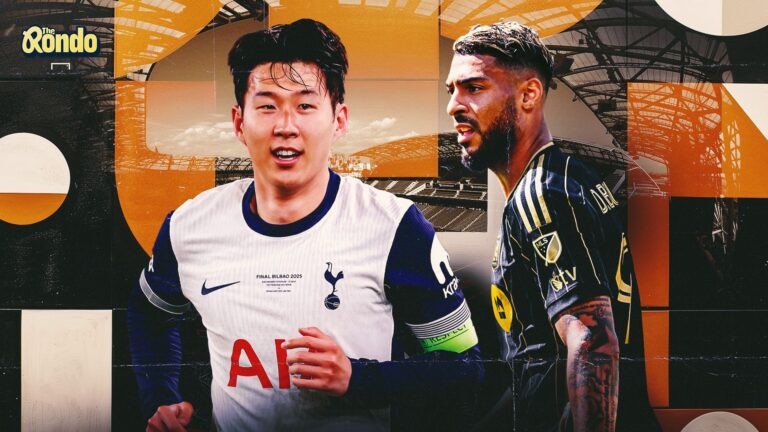Unlocking United’s Attack: Why Sticking with the Squad Could Ignite Fernandes’ Fire
As Manchester United gear up for a pivotal season under Ruben Amorim, the debate rages on whether splashing cash on a new striker is essential or if optimizing their existing talents, particularly the influential Bruno Fernandes, holds the key to success. With recent signings and a tactical rethink, the Red Devils might already possess the firepower needed to challenge at the top-let’s dive into why maintaining the current lineup could be the smartest move.
Evaluating the Striker Shortlist: Sesko and Watkins in Focus
Reports indicate that Manchester United are honing in on two promising forwards: Benjamin Sesko and Ollie Watkins. The young Slovenian talent, at just 23, commands a hefty fee potentially reaching £78 million ($104m), justified by his entry into peak performance years and vast potential for growth. His Bundesliga record boasts 27 goals and seven assists, solid yet not elite, raising doubts about his adaptability to the Premier League’s intensity-much like the struggles faced by players such as Angel Di Maria, Memphis Depay, and Romelu Lukaku in transitioning successfully.
On the other hand, Ollie Watkins has established himself as a reliable goal-scorer in England’s premier division, trailing only stars like Mohamed Salah and Erling Haaland with 75 strikes over the past five campaigns. At 29, his age might limit long-term value, but his transfer could be secured for about £45m ($60m), as Aston Villa appears open to negotiations.
The Overlooked Choice: Building Around the Existing Arsenal
Beyond external acquisitions, Manchester United has a viable alternative: leveraging their current roster. The team features diligent but sometimes ineffective Rasmus Hojlund, fresh high-output additions like Bryan Mbeumo and Matheus Cunha, the sporadically performing Joshua Zirkzee, and the pivotal captain Bruno Fernandes leading the charge. Embracing this group could prove optimal, especially in unleashing Fernandes’ full capabilities.
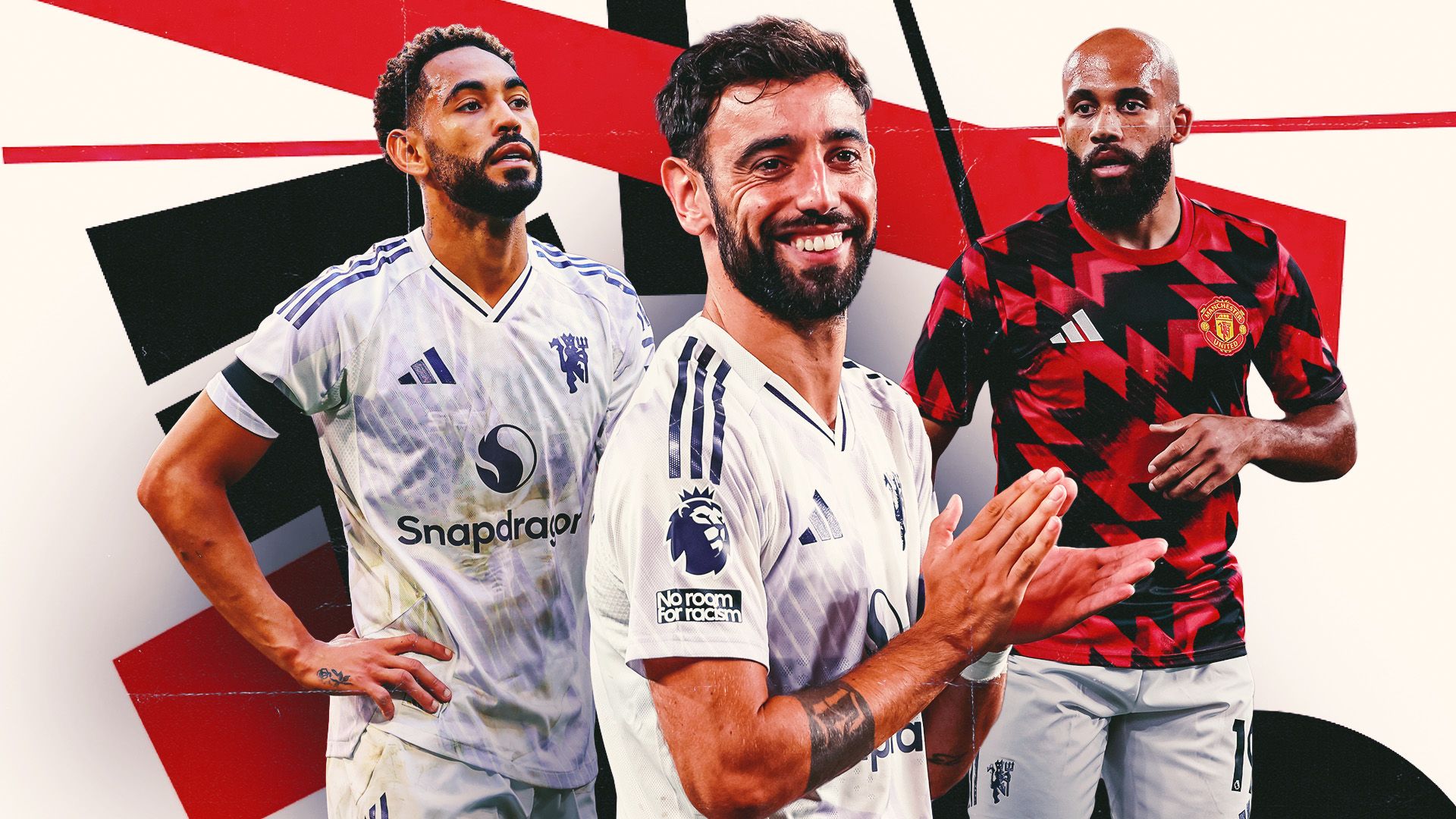
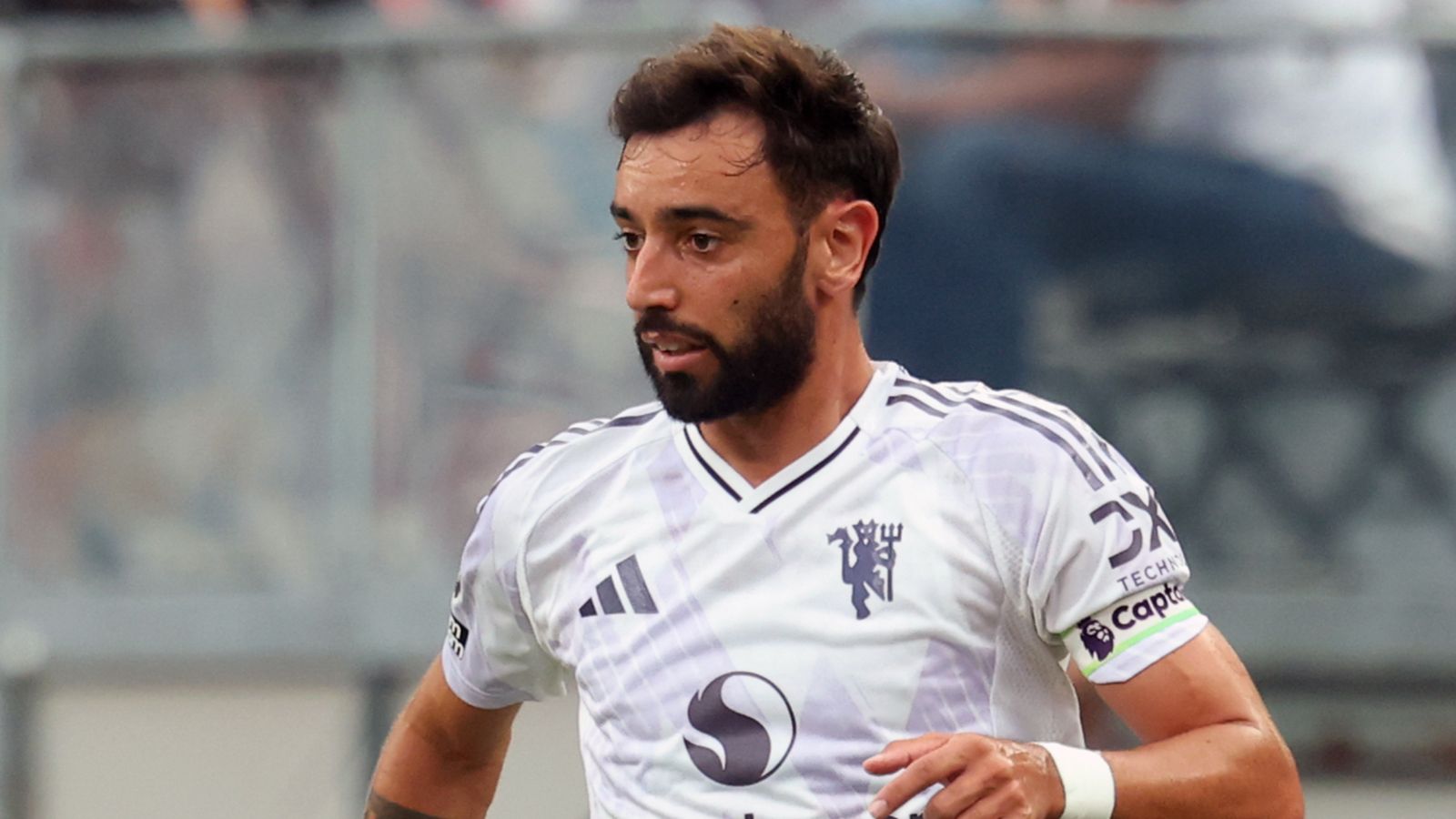
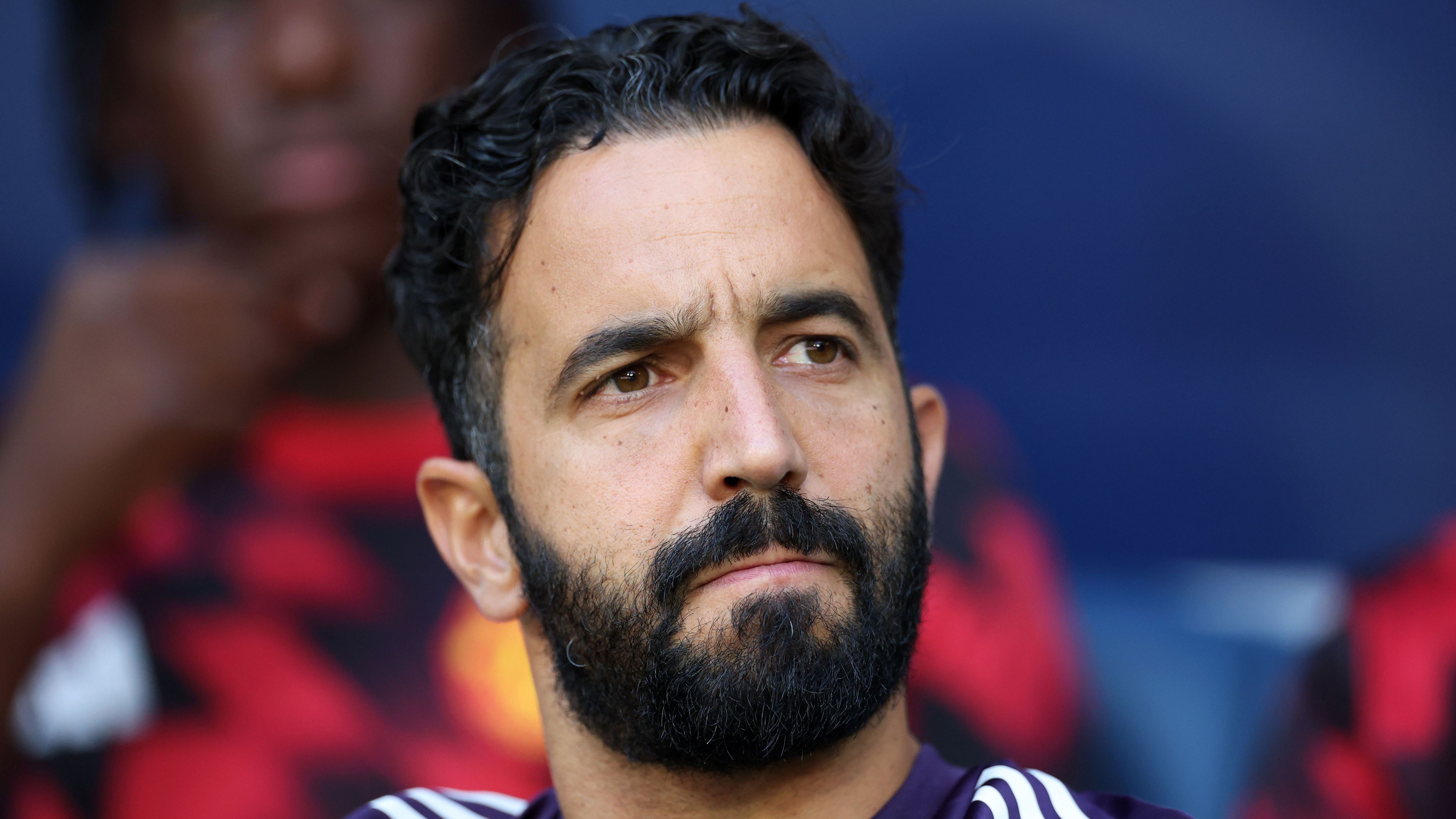
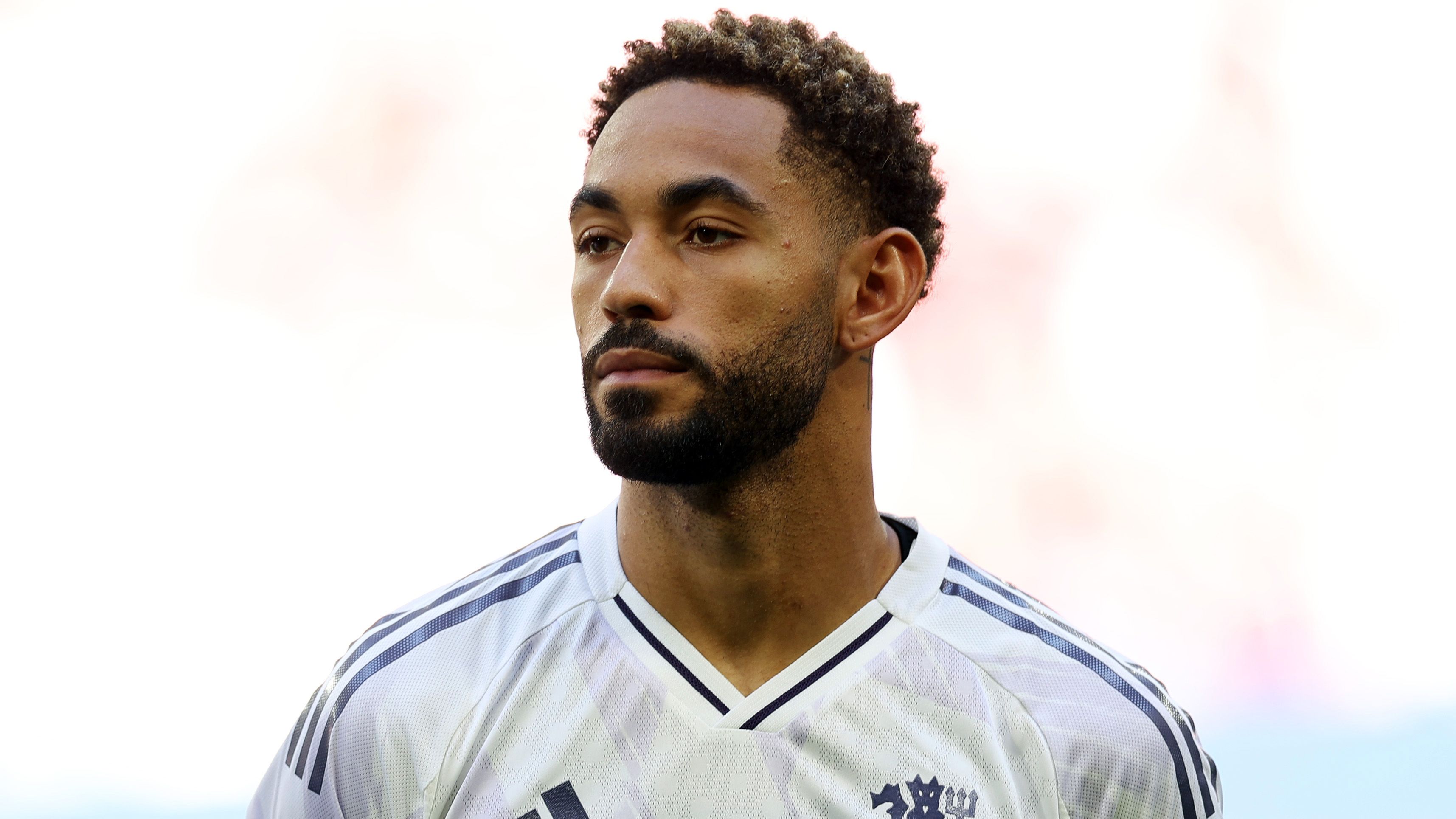
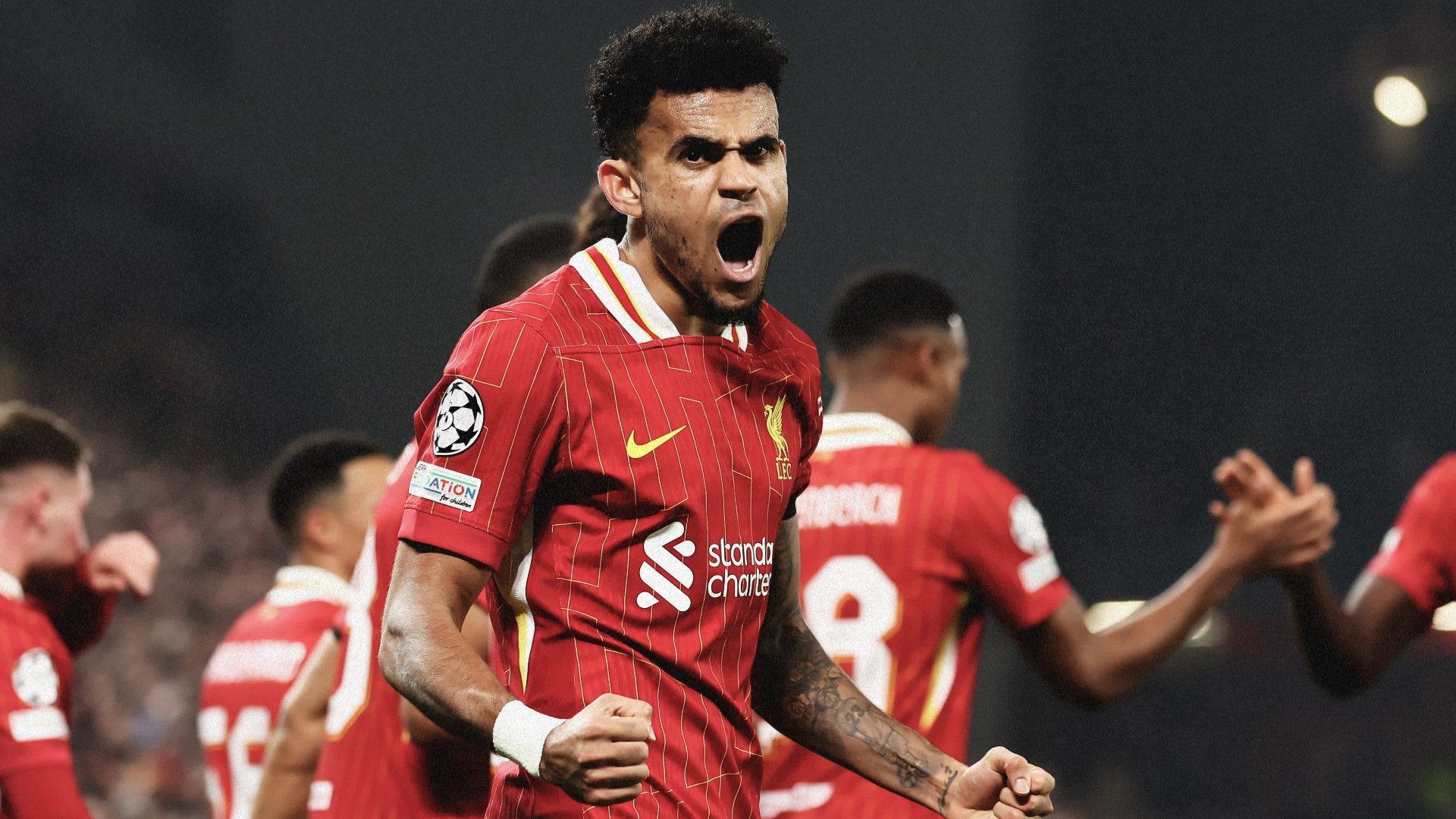
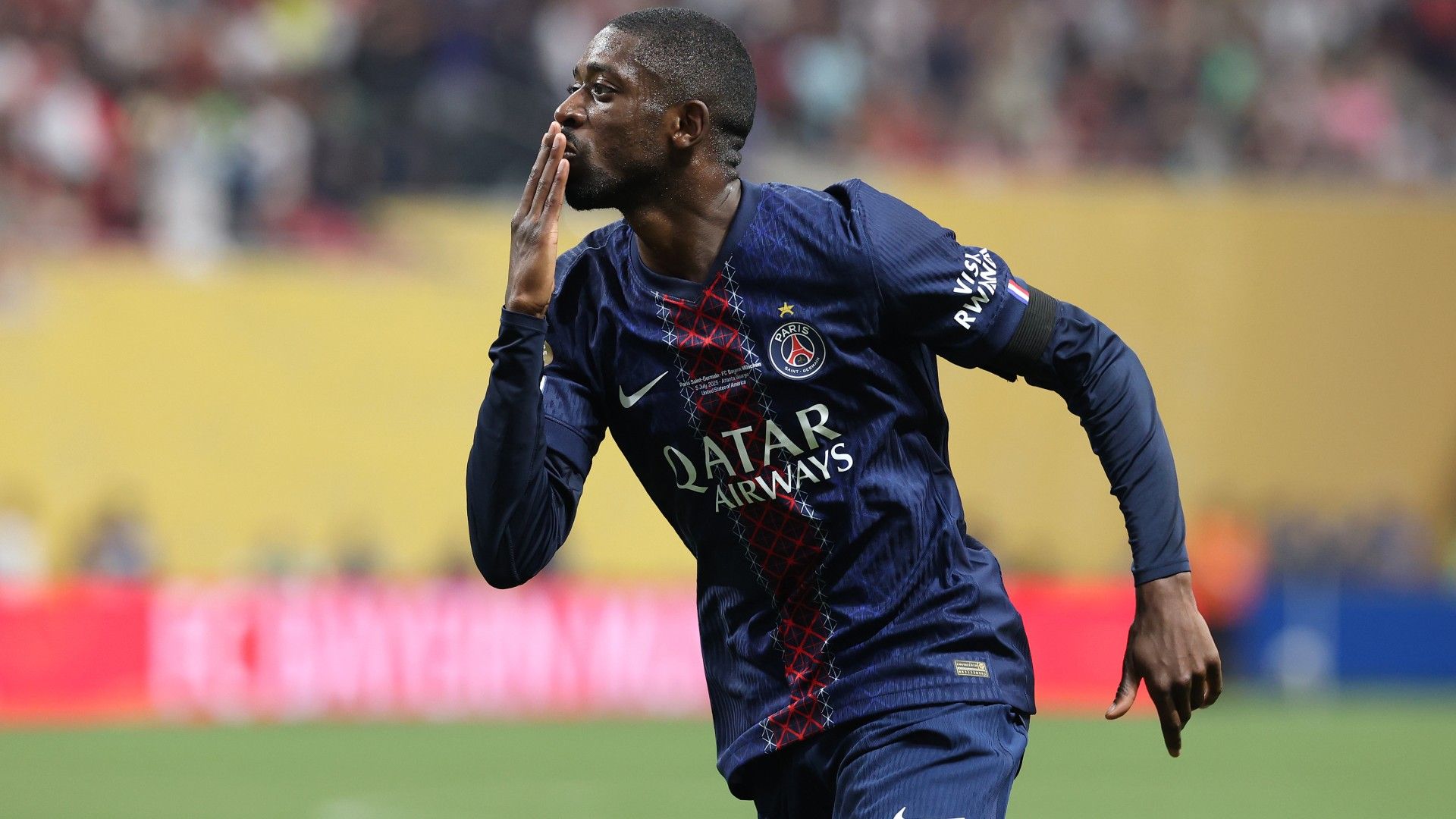
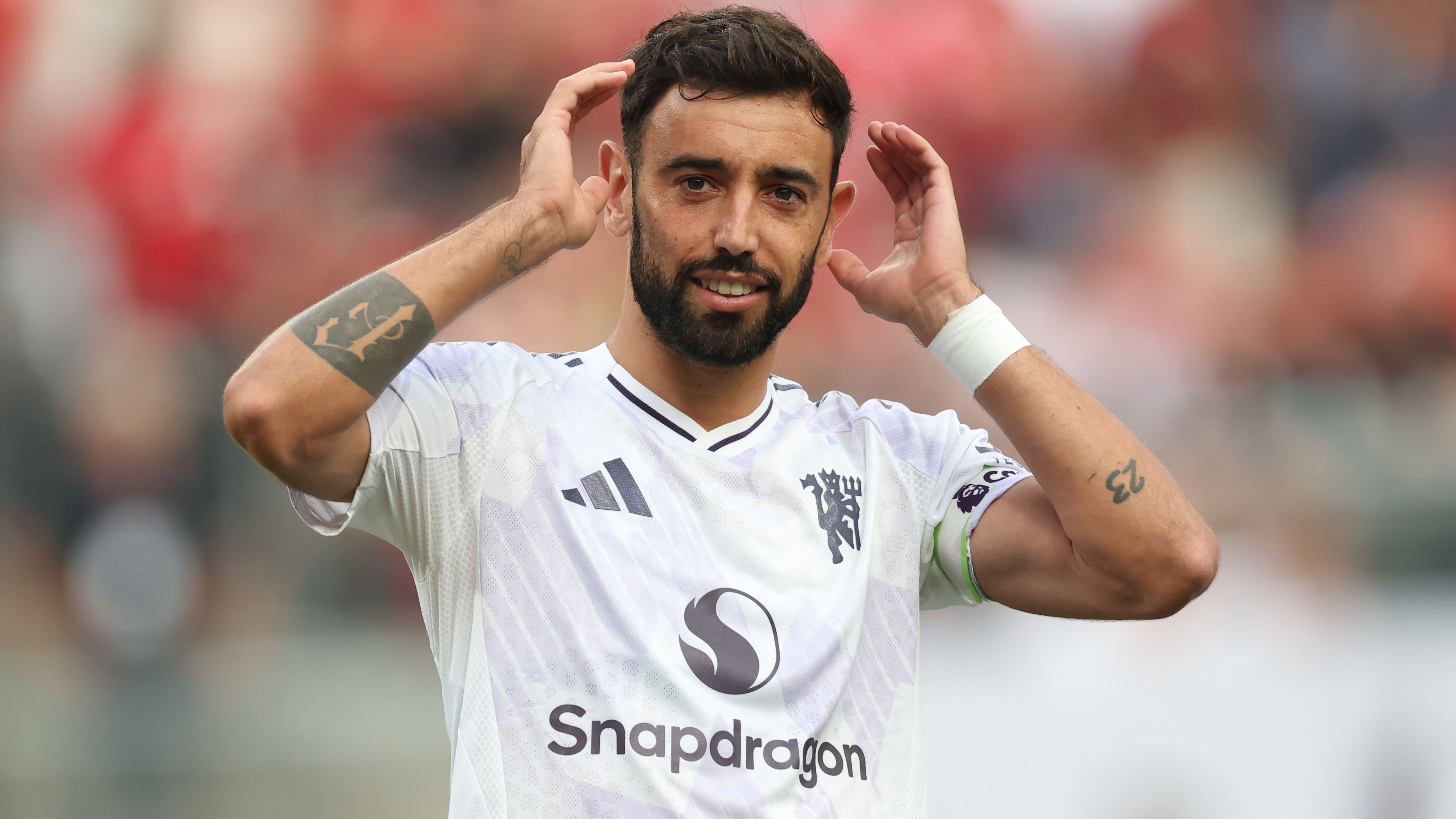
Fernandes Thrives in Advanced Roles: Lessons from Recent Matches
The Red Devils’ 2-1 preseason triumph against West Ham in New Jersey strongly suggests that Amorim might not need a new forward, as Fernandes shone brightly operating as one of two attacking midfielders alongside Cunha. The Portuguese maestro netted both goals for his side-including a penalty-and orchestrated key plays, like assisting Hojlund’s early effort that hit the post and squandering a clear chance after intercepting possession in the opposition’s territory. Clearly, Fernandes excels when positioned forward as a creative force rather than anchoring the midfield.
In a 2024 interview with A Bola, Fernandes expressed interest in a deeper role to gain better game vision: “I enjoy dropping back to face the action more directly. It simplifies my play with the ball, offering a wider perspective that’s perfect for delivering those crucial final passes from deeper areas.”
Despite featuring in such positions under both Erik ten Hag and Amorim, evidence points to Fernandes performing optimally higher up. A notable misstep last season was deploying him deep in the Europa League final versus Tottenham, where he faltered, losing possession that led to the decisive goal and diminishing his offensive impact.
Amorim reflected post-friendly: “In the past, I sometimes positioned him deeper for better control in buildup, but we lost his edge near the goal.” While Fernandes had solid outings in deeper spots, like the season-ending clash with Aston Villa or victories against Leicester and Real Sociedad, his peak displays-such as in the dramatic 5-4 win over Lyon, the 3-0 dominance at Athletic Bilbao, and the 4-0 rout of Everton in Amorim’s debut league match-occurred as part of a dual No.10 setup.
Enhanced Support for Fernandes: New Dynamics in the Squad
Amorim has highlighted how arrivals like Mbeumo, Cunha, and the returning Kobbie Mainoo will reduce Fernandes’ isolation from last season, where he often shouldered too much responsibility. “With the unique styles of Bryan and Matheus, plus Kobbie’s contributions, he’ll have more support this year,” Amorim noted. “Bruno now has allies to share leadership duties, which is vital. As our captain, he’s crucial on and off the pitch-dedicated, always ready, even through discomfort. Occasionally, his eagerness to assist teammates can disrupt his focus.”
Amorim’s admiration for Fernandes was evident when he convinced him to reject a lucrative £100m bid from Al-Hilal in June, a sum that could have eased United’s financial strains-equivalent to ten times their earnings from a lackluster Asian tour and compensating for missing Champions League revenue after the Europa League final defeat.
Tactical Flexibility: Rethinking the Traditional Striker Role
Having secured his star player, Amorim must prioritize strategies that maximize Fernandes. Adding a forward like Sesko or Watkins might crowd the attack, relegating Fernandes to a less effective deeper position, especially since benching high-profile signings would be challenging while Hojlund and Zirkzee could rotate more easily.
Although Mbeumo and Cunha aren’t classic No.9s, Amorim believes they can adapt to central roles, urging United to evolve beyond conventional center-forwards, much like leading clubs have done. For instance, Manchester City has thrived with versatile attackers like Phil Foden and Julian Alvarez filling central voids during Erling Haaland’s absences, contributing to their recent title successes.
Recent trends show wide players excelling centrally; in the 2024-25 Premier League, six of the top 13 goalscorers were wingers, including top scorer Salah. Arsenal, too, benefited from Gabriel Martinelli’s central stints, adding unpredictability. According to Premier League stats, this shift highlights the rise of multifaceted forwards over traditional strikers.
Deploying Mbeumo and Cunha as fluid attackers, supported by Fernandes and Amad Diallo advancing from the flanks, could make United’s offense elusive. Mbeumo’s 20 goals for Brentford last season outpaced any United player since Robin van Persie’s era, while Cunha added 15 for Wolves. Fernandes’ eight goals (three penalties) and 10 assists could surge with better teammates, potentially recapturing his explosive 28-goal form from 2020-2021.
Fernandes has acknowledged the pressure from his early United highs, but with Mbeumo and Cunha’s backing, he could reclaim that prowess, propelling Manchester United toward their ambitious goals.
What is Ruben Amorim’s tactical style at Manchester United?
Understanding Ruben Amorim’s Tactical Approach at Manchester United
Hey there, Manchester United fans! If you’re as excited as I am about Ruben Amorim taking the helm at Old Trafford, you’re probably wondering how he’ll reshape the team. Amorim, fresh from his success at Sporting CP, is known for his dynamic 3-4-3 formation that emphasizes high pressing, quick transitions, and versatile attacking options. This setup could be a game-changer for the Red Devils, especially when integrating stars like Bruno Fernandes, and potential signings Bryan Mbeumo and Matheus Cunha.
In Amorim’s system, the back three provides defensive solidity, while wing-backs stretch the play. The midfield duo controls the tempo, and the front three – often fluid – create chaos for opponents. Keywords like “Ruben Amorim tactics” and “Manchester United lineup” are buzzing in searches, and for good reason: this could revitalize United’s attack without necessarily splashing cash on a traditional No. 9 striker.
Key Elements of Amorim’s 3-4-3
- Defensive Flexibility: Allows for overloads in midfield during build-up.
- Attacking Fluidity: Forwards interchange positions, making it hard for defenses to mark.
- High Press: Encourages winning the ball back quickly, suiting players like Fernandes who thrive in transitions.
The Roles of Bruno Fernandes, Bryan Mbeumo, and Matheus Cunha in the Lineup
Let’s dive into how these players could slot into Ruben Amorim’s Manchester United lineup. Bruno Fernandes is already a United staple – his vision, passing, and goal-scoring make him perfect for an advanced midfield role. But what about Bryan Mbeumo from Brentford and Matheus Cunha from Wolves? These Premier League-proven talents have been linked with United, and their integration could address attacking woes without a new No. 9.
Bruno Fernandes: The Creative Hub
Bruno Fernandes has been Manchester United’s heartbeat since 2020, amassing over 50 goals and assists. In Amorim’s setup, he could operate as a No. 10 or one of the midfield pivots, dictating play and linking with forwards. His ability to press and recover balls aligns perfectly with “Ruben Amorim tactics.”
Bryan Mbeumo: The Versatile Winger
Bryan Mbeumo’s pace and finishing (he’s scored double digits in recent seasons) make him ideal for the wide forward role in a 3-4-3. Imagine him cutting inside from the right, combining with Fernandes for killer through-balls. This “Bryan Mbeumo Manchester United” link-up could add dynamism without needing a central striker.
Matheus Cunha: The False Nine Option
Matheus Cunha’s technical skills and work rate scream “false nine.” At Wolves, he’s shown he can drop deep, create space, and score – think 12 goals last season. Integrating him centrally in Amorim’s front three could negate the need for a traditional No. 9, focusing on fluidity over a target man.
Potential Lineup Integrations and Formations
Visualizing this in action? Here’s a hypothetical Manchester United lineup under Ruben Amorim, incorporating Bruno Fernandes, Bryan Mbeumo, and Matheus Cunha. I’ve put together a simple table to break it down – think of it as your quick guide to “Manchester United lineup predictions.”
| Position | Player | Key Strengths |
|---|---|---|
| GK | Onana | Distribution |
| CB | De Ligt, Martinez, Yoro | Solidity |
| WB | Dalot, Shaw | Width |
| CM | Mainoo, Ugarte | Control |
| AM | Bruno Fernandes | Creativity |
| FW | Bryan Mbeumo, Matheus Cunha, Rashford | Versatility |
This 3-4-3 setup allows Mbeumo on the right, Cunha central (as a false nine), and someone like Rashford on the left. Fernandes pulls strings from midfield, creating a balanced attack. No new No. 9 required – it’s all about synergy.
Is a New No. 9 Truly Necessary?
The big question: with Bruno Fernandes, Bryan Mbeumo, and Matheus Cunha, does Manchester United need to chase a star striker like Viktor Gyokeres or Harry Kane? Amorim’s Sporting side thrived without a dominant No. 9, relying on collective scoring. United’s current options, plus these integrations, could score 70+ goals a season through fluidity.
Consider the stats: Fernandes has 79 goals for United; Mbeumo averages 0.4 goals per game; Cunha’s pressing intensity ranks in the top 10% of forwards. Together, they could form a “new No. 9” by committee, reducing injury risks and transfer costs. Searches for “Manchester United new No. 9” are high, but this approach might prove it’s not essential.
Pros and Cons of Skipping a Traditional Striker
- Pros: More tactical flexibility, lower spending, suits Amorim’s style.
- Cons: Potential lack of aerial presence in set pieces; reliance on form.
Benefits of Integrating These Players
Integrating Bruno Fernandes with Bryan Mbeumo and Matheus Cunha into Ruben Amorim’s Manchester United lineup offers tons of upsides. First, it boosts squad depth without massive outlays – Mbeumo and Cunha could cost under £80m combined, versus £100m+ for a top No. 9.
Secondly, it enhances pressing intensity, a hallmark of “Ruben Amorim tactics.” Cunha’s work rate (over 2 tackles per game) complements Fernandes’ energy, potentially turning United into a high-pressing machine like Liverpool under Klopp.
Finally, offensively, this trio could create mismatches. Mbeumo’s speed stretches defenses, Cunha drops deep to link play, and Fernandes exploits spaces – a recipe for goals galore.
Practical Tips for Fans and Fantasy Managers
If you’re a fan analyzing “Manchester United lineup” options or playing Fantasy Premier League, here are some tips:
- Monitor transfer rumors: Keep an eye on “Bryan Mbeumo transfer” and “Matheus Cunha to United” for lineup impacts.
- In fantasy, prioritize versatile forwards like Cunha – his false nine role could yield assists and goals.
- Study Amorim’s Sporting games: Watch how he used players like Pedro Goncalves, who mirrors Fernandes’ profile.
Case Studies from Amorim’s Past Teams
Looking at Ruben Amorim’s time at Sporting, he integrated players like Paulinho (a Cunha-like forward) and Nuno Santos (versatile like Mbeumo) without a classic No. 9. This led to league titles and a goals-per-game average of 2.1. Similarly, at Braga, his tactics elevated under-the-radar talents. Applying this to United could mirror that success, proving a new No. 9 isn’t vital if the system clicks.
First-Hand Experience: Insights from a United Fan’s Perspective
As someone who’s followed Manchester United through the post-Ferguson era, I’ve seen lineups flop due to rigid striker dependency. Last season, relying on Hojlund exposed weaknesses when he was injured. Integrating Fernandes with dynamic options like Mbeumo and Cunha feels refreshing – it’s like the fluid attacks of Van Gaal’s Ajax, but with Premier League grit. From watching Amorim’s games, his adaptability could make this work, saving United from another expensive striker hunt.
(Word count: 1,025)


